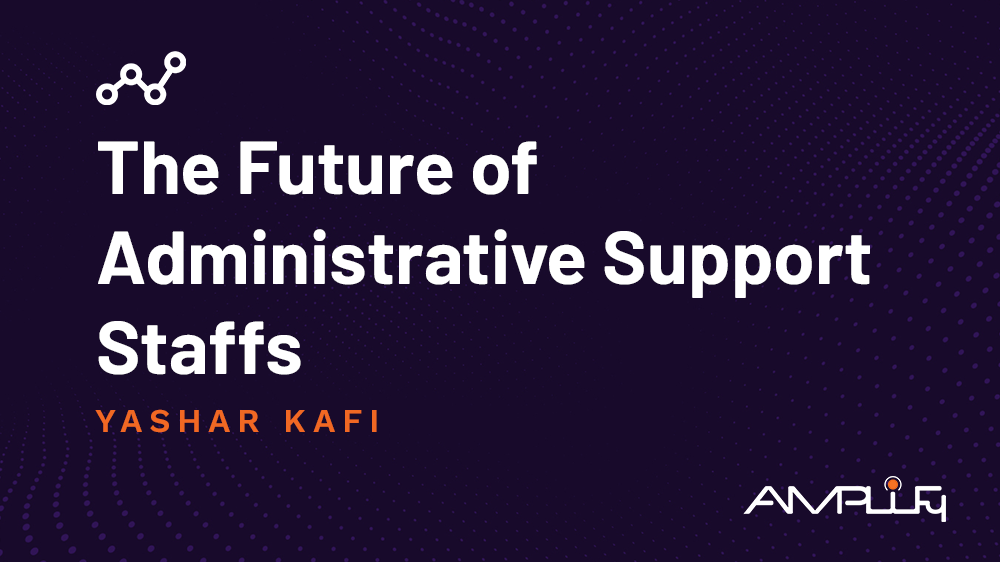The Future of Administrative Support Staffs
In an era where new technologies and cutting-edge advancements are re-shaping the business landscape, the question of whether Alexa or similar AI-powered devices can replace administrative support has emerged as a topic of growing interest. From where we stand, it seems clear that automation has the potential to redefine the role of support staff into the future. When and how this potential is actualized will force organizations to adjust to the transformative impact of AI on traditional administrative functions.
As we delve into the possibilities, it is evident that AI-driven virtual assistants possess remarkable capabilities to streamline administrative tasks with unparalleled efficiency. For example, these devices can efficiently manage calendars, schedule appointments as well as handle routine inquiries—all without human intervention. This speed and convenience augments the productivity of administrative processes, freeing up valuable time to
focus on higher-level tasks.
However, simply focusing on task execution ignores the broader role of administrative support staff. Human administrators possess a unique blend of
emotional intelligence, adaptability and problem-solving abilities that AI is unable to replicate. This allows human support staff to understand the nuances of communication, empathize with clients and tackle any unexpected challenges that arise in what has rapidly become an unpredictable global marketplace. These invaluable interpersonal skills are key to building strong relationships with clients, which has a direct impact on fostering customer loyalty and maintaining a positive brand image.
One should also not overlook the fact that, while Alexa and similar devices are proficient at handling routine tasks, they struggle handling complex or sensitive matters that require personalized attention. Human administrators excel in adapting to circumstances that require a human touch, allowing them to foster a sense of trust and connection with clients and colleagues. Offering customized solutions adds immense value to businesses, especially in industries where tailored service is paramount.
When we take a step back to view the entire picture, automation is more likely to redefine support staff roles as opposed to replacing them entirely. As this technology continues to evolve, for example, administrative professionals will be able to leverage AI as a valuable tool to focus their time away from mundane tasks and toward value-added responsibilities. This could be a boon to organizations who leverage this potential: by shifting their attention to strategic decision-making and process improvement, support staff can become true partners in driving business growth and innovation.
Therefore, organizations should consider the future of support staff as one that is
coexistent with automation. Administrative professionals who embrace AI and new technologies can become proficient in managing and overseeing automated systems to create a more efficient, productive and innovative support ecosystem. Organizations that adopt a forward-looking approach—investing in the training and upskilling of their administrative workforce—will unlock not only the full potential of AI technology but of human capabilities, as well.
Although AI-powered devices have the potential to efficiently perform certain administrative tasks, they cannot wholly replace the contributions of human support staff. The future of support staff instead lies in embracing automation as a collaborator rather than a competitor, enabling administrators to leverage technology to their advantage. Through this harmonious integration, support staff can continue to serve as the driving force behind seamless operations, outstanding client experiences and sustained growth for the businesses they support.




